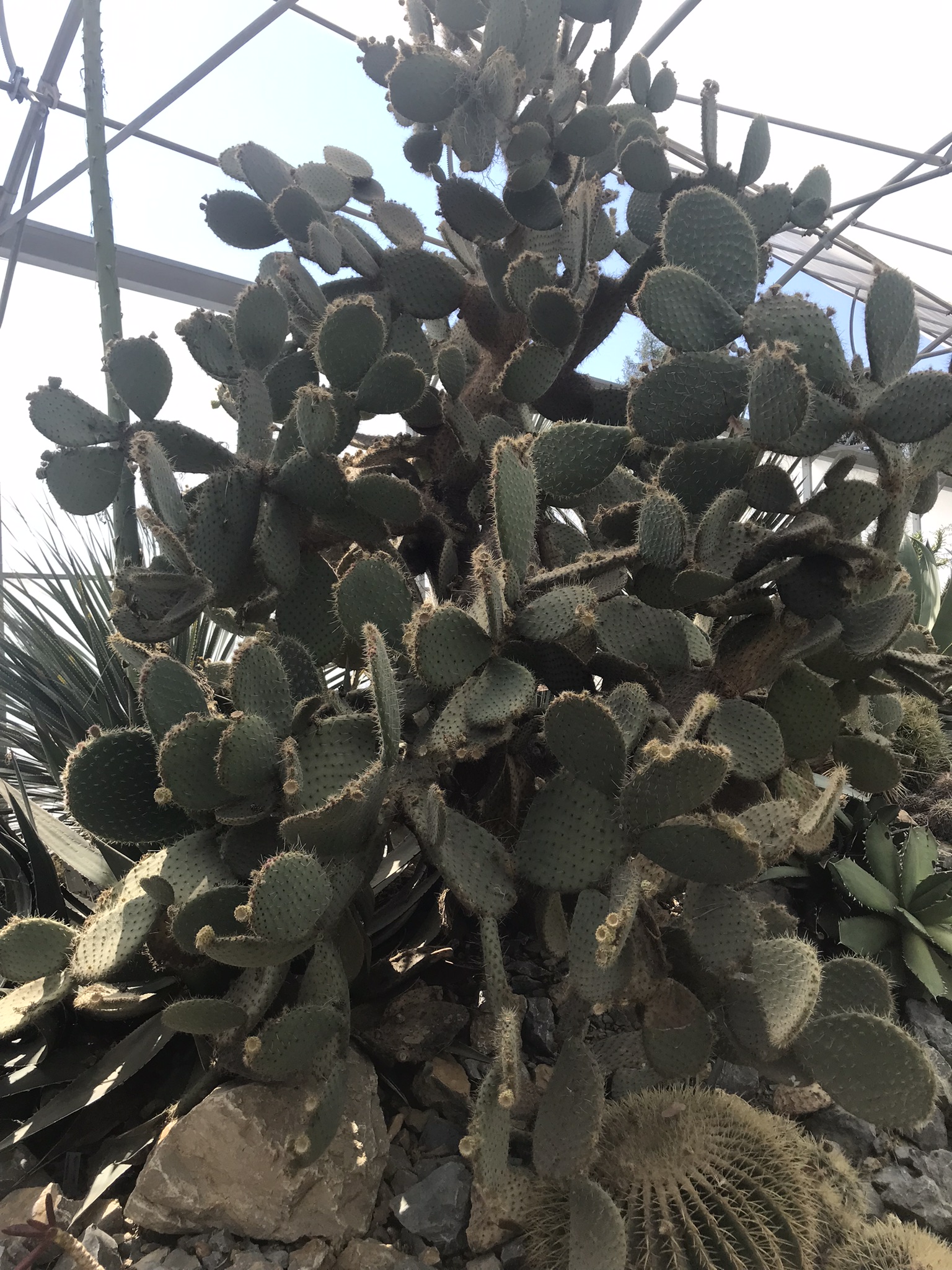Schwerin Castle, or Schloss Schwerin, is a stunning architectural gem located on an island in Lake Schwerin, in the German state of Mecklenburg-Vorpommern. This historic castle, with its fairytale spires and intricate details, exemplifies the grandeur of Romanticism and serves as a poignant reminder of the region's rich history. Originally built in the Slavic era, the castle has undergone numerous transformations over the centuries, with significant renovations occurring in the 19th century under the direction of Duke Friedrich Franz II. Today, its enchanting blend of neo-Renaissance style and medieval charm attracts visitors from around the world.
The picturesque surroundings of Schwerin Castle enhance its allure, with expansive gardens that invite leisurely strolls and provide breathtaking views of the lake. The castle's interior is a treasure trove of art and history, featuring lavish rooms adorned with opulent furnishings, ornate ceilings, and impressive works of art. Highlights include the Great Hall, with its grand staircase and exquisite chandeliers, and the gallery of masterpieces that showcase the cultural significance of the region. As the seat of the Mecklenburg-Vorpommern state parliament, Schwerin Castle continues to play a vital role in the contemporary political landscape, bridging the past with modern governance.
Visitors to Schwerin Castle can explore not only its rich architectural details and historical significance but also engage in various cultural events and exhibitions hosted on the grounds. The castle is a focal point for regional celebrations and festivals, making it a vibrant hub of community life. Whether exploring the castle's stunning rooms or wandering through its expansive gardens, visitors are sure to be captivated by the charm and beauty of Schwerin Castle, a true symbol of German heritage and historical significance.


